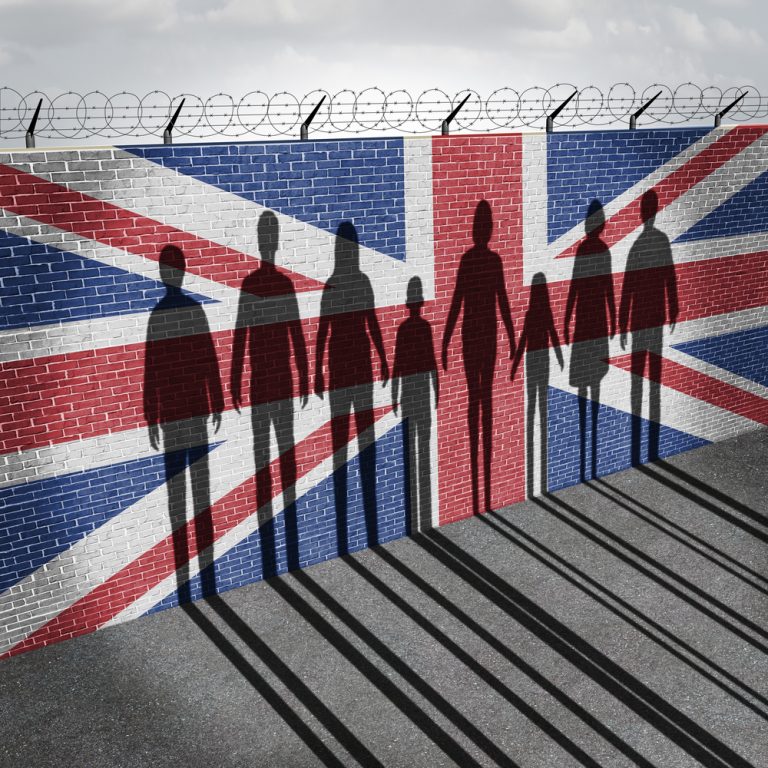
U.S. financial system is at a crossroads between bailing out banks and lowering inflation
The U.S. financial leadership, at first glance, seems to have been very successful in fighting inflation and recession. Thus, dollar inflation slowed to 5% in March, and this is the lowest figure since the spring of 2021, when the current inflation crisis had just begun. There is a high-base effect, because a year ago the inflation rate in the U.S. was setting all records due to soaring energy prices. A fortunate factor in the decline of inflation is the situation on the oil market, where, despite OPEC+’s refusal to raise oil production, its price has fallen from $87 a barrel to almost $75 a barrel in the last month. But the main reason, of course, is the U.S. Federal Reserve’s monetary policy, which has been increasing its key interest rate in stages for a year. In May the Fed raised its key rate by another 25 points to 5.25%, which should theoretically affect a further decline in inflation.
But simple ways always carry hidden pitfalls. First, despite all efforts, the main drivers of inflation continue to be rising food prices and housing rents. New car prices have also begun to rise, which may be caused by high industrial inflation and raw material shortages due to trade wars. Against the backdrop of falling inflation, there will be more pressure on the Fed to stop raising its key rate and tightening the monetary loops. The U.S. is now threatened not so much by uncontrolled price increases as by a sharp slowdown in the economy and the possibility of a recession closer to the end of 2023. The Federal Reserve is already pumping money into the economy to save the banks, having spent $300 billion to do so. However, the Fed is wary of lowering the rate prematurely or making “pumping in” money a regular practice. After all, this could lead to a new wave of inflation: as summer approaches, fuel prices have begun to rise, and they could push up the prices of all goods again. However, the longer America lives with the highest rates in 15 years, the more problems will appear in the economy. All economic entities will suffer, from the banking industry, which is already losing money, to mortgage customers, who are finding it increasingly difficult to pay their rent. Even major corporations and the federal government will suffer, as the crisis will cause problems with servicing their debts. Therefore, sooner or later rates will have to be lowered, because otherwise the crusade against inflation at some point will simply lead to the collapse of the U.S. economy.
Already now, against this background, investors and markets are already begging the U.S. financial authorities to stop further tightening in the monetary sphere in order to overcome the raging banking crisis. But so far the government is trying to save banks by more local measures in the format of manual crisis management. Thus, the financial authorities of the country took under their control the bank First Republic and sold its assets to JPMorgan. This ended the 38-year story of First Republic, which held out in 2008 and during the COVID-19 pandemic, but did not survive the current banking crisis. JPMorgan promises to partially cover First Republic’s losses. It is indicative that JPMorgan has already grown to colossal size, and the bank’s assets now reach up to 4 trillion dollars. Moreover, while regional banks are going bankrupt, the Wall Street giants are getting bigger and richer monopolizing the financial sector and the entire American economy. The monopolization of the banking sector will accelerate further if the U.S. key rate continues to rise above 5%. Under the threat of bankruptcy are already under 200 regional banks, whose assets can also get the giants of Wall Street. This is already drawing criticism from Republicans in Congress because JPMorgan, which makes its money by bankrupting other banks, is a big donor to the Democratic Party. It is involved in imposing a “green” ESG agenda, which has led to investigations of JPMorgan by prosecutors in 19 states. Republican states are already refusing to do business with the largest banks fearing they are concentrating excessive influence in their hands. Thus, Florida plans to prohibit the use of “digital dollar”, which can be implemented by the Fed in conjunction with large banks. In Texas they call for the introduction of a parallel currency to the dollar, backed by gold. So, undoubtedly, banking monopoly is becoming another factor in America’s split.

But more importantly, the turmoil in the banking sector began at the most inconvenient time, when the Fed met to discuss further monetary policy and raised its key rate to 5.25%, again hitting the regional banks. May began with the collapse of a number of banks smaller than the recently collapsed First Republic. These included PacWest with $40 billion in assets, Western Alliance with $67 billion, Zions with $81 billion and a number of other even smaller banks. There’s another problem: three-month U.S. Treasury bond yields reached 5.2%, the highest level since 2000. A year ago, the interest on these bonds hovered around 1%, but now they have jumped both because of rising rates and because of fears of default, and this is an additional heavy burden on the state budget. In addition, the threat of default made investors very nervous, and demand for Treasury credit-default swaps, a kind of insurance against US default, rose to an all-time high. And financial markets in an “alliance” with banks that had not yet failed, increased pressure on the Fed, demanding no more increase in the interest rate.
On this background, it was only the Fed to stutter about the “stability of the banking system”, announcing a new increase in the key rate, as shares of the already “sick” bank PacWest collapsed by another 60%. It is the first candidate in line for bankruptcy, and is already looking for a buyer who could save the bank with $44 billion in assets. Wall Street expects a recession in the U.S. soon, and demands the Fed to start lowering its key rate in July. After all, otherwise the banking crisis will continue to take its toll. Such sharply negative reaction regarding the policy of the U.S. financial authorities has not been observed for a long time. Particular criticism in this light is coming from the San Francisco Fed. It was responsible for supervising Silicon Valley Bank, First Republic and PacWest. Moreover, these banks successfully passed all the stress tests a year ago, and now it turned out that all this is fiction and has nothing to do with reality. The San Francisco Fed is headed by a unique character named Mary Daly. She has no background in banking. Daly studied inequality in college and then took a job at the Fed. Moreover, she specializes in “global warming,” but not in supervising banks, in which she has a very superficial understanding. Daly has one more very important feature for professional growth in the modern USA: she was the first LGBTQ+ representative at the head of a regional Fed. Daly apparently got her job for this, and last year she was even considered to be Jerome Powell’s deputy Fed chief. Daly represents all the negative selection in liberal society and it is not surprising that a system run by those who were not chosen for ability, but by racial-gender quotas, eventually began to crumble. Here, it is probably not even important to choose between a strategy of lowering inflation or bailing out the banks. Either way seems disastrous for the U.S. financial system as it stands today.

